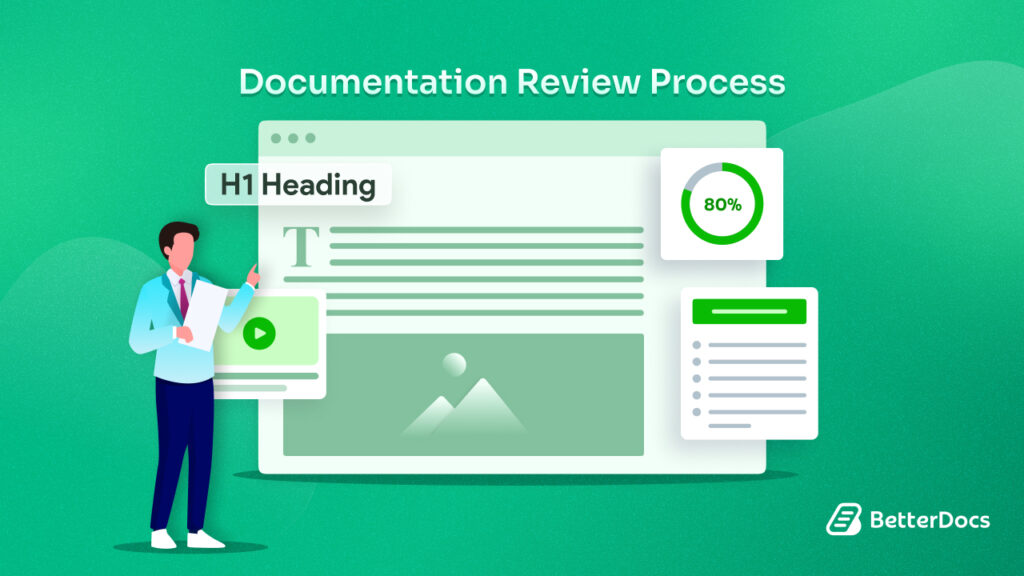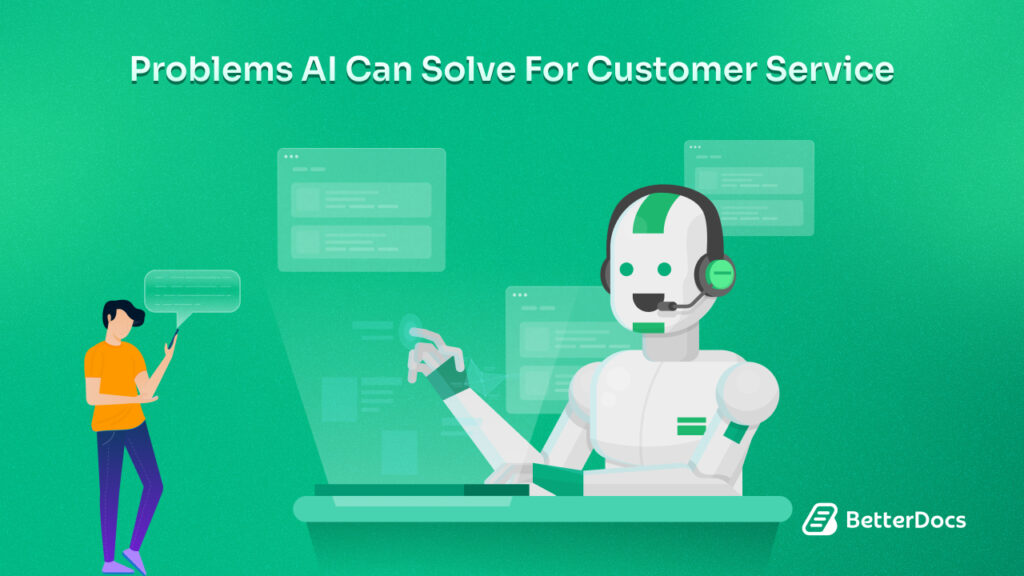In the vast world of business, where customers reign supreme, understanding their experiences and needs is paramount for success. An effective way to achieve this is creating a Customer Journey Map. Whether you’re a seasoned marketer or just dipping your toes into the realm of customer-centric strategies, creating an effective Customer Journey Map can be a game-changer. So, grab your compass and our guide; let’s embark on this journey together.

What Is A Customer Journey Map?
Before we start drawing the map, let’s start off with the basics. A Customer Journey Map is a visual representation of a customer’s interactions with your brand from start to finish. It’s like a detailed roadmap that helps you understand your customer’s feelings, motivations, and pain points at each stage of their journey. Think of it as a behind-the-scenes glimpse into your customer’s world and mindset.
Importance Of Customer Journey Map In Business
By creating a visual representation of your customers’ interactions with your brand, you can identify pain points, improve both services and user experience, and ultimately drive customer satisfaction and loyalty. It helps you understand the customer’s perspective, their goals, expectations, emotions, etc. at each stage of their interaction with your business. This not only benefits your existing customers but also lays out a more satisfactory journey for potential users and buyers.
The more you map out your customers’ journey, you can identify opportunities for improvement and deliver a seamless and personalized experience to your customers. Creating a customer journey map is essential for several reasons. Have a look below
Understanding Customer Experience: A customer journey map provides a holistic view of your customers’ experiences, allowing you to identify pain points and areas for improvement. By putting yourself in your customers’ place, you can gain valuable insights into their needs, motivations, and expectations.
Improving Customer Satisfaction: By mapping out the customer journey, you can identify areas where customers may encounter difficulties or frustrations. This knowledge enables you to make targeted improvements to enhance customer satisfaction and loyalty.
Increasing Conversion Rates: As a well-designed customer journey map can help you optimize the customer experience, it can also streamline the purchasing process or services of your business, and increase conversion rates. By identifying areas of friction and removing obstacles, you can guide customers smoothly through the buying journey.
Driving Customer Loyalty: A seamless and personalized customer journey can significantly impact customer loyalty. By delivering exceptional experiences at every touchpoint, you can build trust, foster strong relationships, and create loyal brand followers who stay with your team for long stretches of time.
Steps To Create An Effective Customer Journey Map
Creating an effective customer journey map requires a systematic approach. You can follow these steps to create a comprehensive and insightful map.

Step 1: Know Your Audience
Every adventure begins with research. To create an effective Customer Journey Map, you need to know your audience inside out. Detailed customer personas that represent your ideal customers can tailor your customer journey map to their specific needs and preferences.
Dive into their demographics (such as age, gender, occupation), psychographics (such as interests, preferences, and pain points), and behaviors. Understand what makes them tick and what keeps them up at night. This knowledge will serve as the foundation of your map.
🎯 Tip: Imagine you’re getting to know a new friend. The more you understand their quirks and preferences, the better you can plan fun activities together.
Step 2: Identify Customer Touch Points
The next step is to identify all the touchpoints where your customers interact with your brand throughout their journey. These touchpoints can be both online and offline – from your website, social media platforms, customer support, email marketing, etc to in-store experiences. List them all, and don’t leave any stone unturned.
For each touchpoint, map out the actions customers take and the emotions they experience. Understand what customers are trying to accomplish at each touchpoint and how they feel during the interaction. This will help you identify pain points, areas of delight, and opportunities for improvement.
🎯 Tip: Think of touchpoints as different stops on a treasure hunt. Each one is a chance to make an impression or, in some cases, miss a golden opportunity.
Step 3: Define & Analyze Customer
Now, it’s time to put yourself in your customer’s shoes. Imagine their journey from the moment they become aware of your brand to the point of purchase and beyond. Identify the goals and expectations customers have at each stage of their journey. What are they looking to achieve? What problems are they trying to solve? By understanding their goals, you can align your touchpoints and messaging to meet their expectations and provide a seamless experience.
Identify pain points and areas of friction in the customer journey. These can be obstacles that hinder customers from achieving their goals or cause frustration and dissatisfaction. By addressing these pain points, you can improve the overall customer experience and increase customer satisfaction.
🎯 Tip: Pretend you’re the main character in a novel. Feel what they feel, experience what they experience, and take note of the highs and lows in their journey.
Step 4: Craft The Map
Armed with your insights, it’s time to create the map itself. Design solutions and strategies to address the identified pain points and enhance the customer journey. This may involve improving website navigation, streamlining the checkout process, providing personalized recommendations, or enhancing customer support channels. The goal is to create a seamless and delightful experience for your customers at every touchpoint.
You can use various formats like flowcharts, infographics, or even a simple spreadsheet. Visualize each stage of the journey and annotate it with your customer’s emotions, pain points, and opportunities for improvement.
🎯 Tip: Think of your map as a scrapbook of your customer’s adventure. Add colorful illustrations and notes to make it engaging and easy to follow.
Step 5: Test, Iterate & Improve
Once you have implemented the changes, continuously monitor and measure the impact on the customer journey. Use customer feedback, analytics data, and user testing to evaluate the effectiveness of your improvements. Iterate and refine your customer journey map based on these insights to ensure continuous optimization.
Creating a Customer Journey Map isn’t a one-time adventure; it’s an ongoing journey. Continuously gather feedback from customers, employees, and stakeholders. Use this input to refine and update your map as your brand evolves.
🎯 Tip: Treat your map like a recipe. Tweak it to perfection, just like adjusting the ingredients in your favorite dish until it tastes just right.
Step 6: Take Action
Your Customer Journey Map is not just a pretty picture; it’s a tool for action. Use it to identify areas where you can enhance the customer experience. Implement changes, test new strategies, and monitor the results.
🎯 Tip: Think of your map as a treasure map. The ‘X’ marks the spots where you’ll find the customer satisfaction gold. Go dig!
Best Practices For Creating A Customer Journey Map
Creating an effective Customer Journey Map is your ticket to understanding and delighting your customers. It’s like having a magical compass that guides you through the world of customer experiences. So, embrace the adventure, keep learning, and remember that your map is a living document that evolves with your brand’s journey. To create a customer journey map that truly resonates with your customers and drives positive outcomes, consider the following best practices.
#1 Involve Cross-Functional Teams
Create a cross-functional team involving representatives from different departments, such as marketing, sales, customer support, and product development. This collaboration ensures that the customer journey map reflects the entire customer experience and incorporates diverse perspectives.
#2 Use Visuals
Leverage visuals, such as diagrams, infographics, or illustrations, to make the customer journey map more engaging and easy to understand. Visual representations help stakeholders grasp the customer experience more intuitively and facilitate communication across teams.
#3 Validate With Customer Insights
Collect customer feedback through surveys, interviews, or usability testing to validate and refine your customer journey map. Incorporating real customer insights adds credibility and ensures the map accurately reflects the customer experience.

#4 Regularly Update & Evolve
The customer journey is not static; it evolves as customer expectations and market dynamics change. Regularly review and update your customer journey map to keep it relevant and aligned with customer needs and expectations.
#5 Keep it Simple
Avoid overcomplicating the customer journey map with excessive details. Focus on the key touchpoints, actions, and emotions that have the most significant impact on the customer experience. Simplicity helps stakeholders grasp the map’s essence and facilitates actionable insights.
Creating an effective customer journey map is a powerful tool for understanding and improving the customer experience. By mapping out the customer journey, identifying pain points, and designing targeted solutions, you can enhance customer satisfaction, increase conversions, and drive long-term loyalty.
Remember to involve cross-functional teams, use visuals, validate with customer insights, and regularly update your map to ensure it remains relevant and impactful. With an effective customer journey map, you can navigate the complex landscape of customer interactions and create exceptional experiences that drive business growth.
Ready To Create Your Customer Journey Map?
Now that you have a comprehensive understanding of how to create an effective customer journey map, it’s time to put this knowledge into action to enhance the customer experience. With a well-crafted customer journey map, you can navigate the path to customer satisfaction and drive business success.
Do you think this blog is helpful? Don’t forget to subscribe to our blog to read more blogs. We would love to have you in our Facebook community where you can share your knowledge and views with others.







